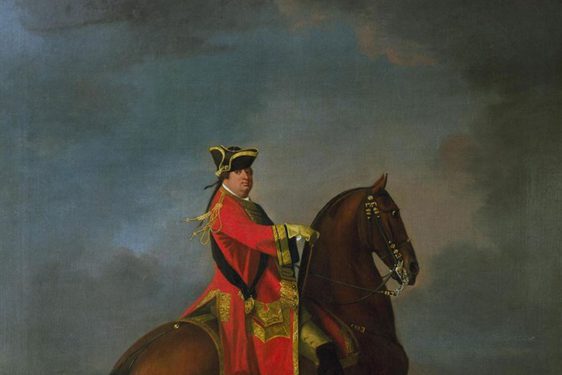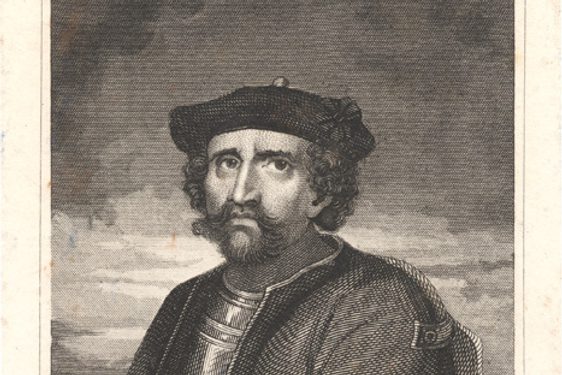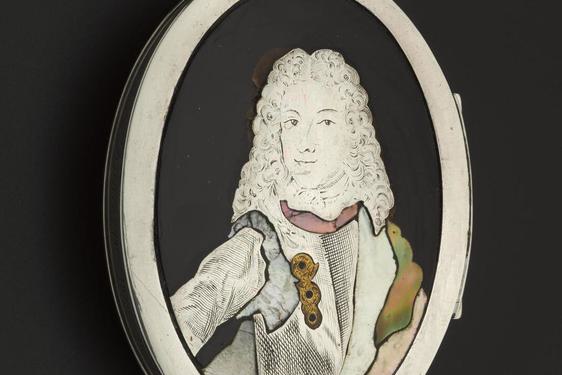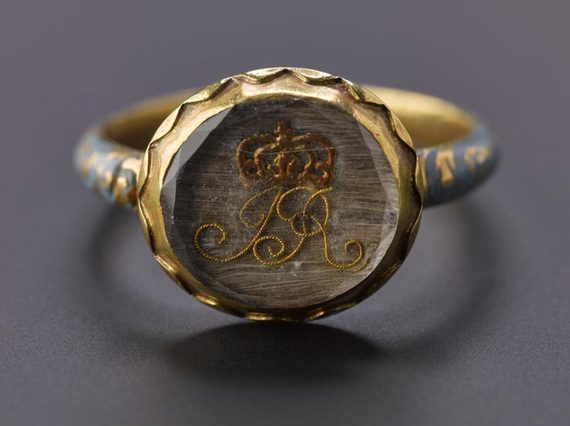
A departing gift: The exile of James VII and II
News Story
This monogrammed ring was given by the deposed King James VII and II to a loyal supporter on the night he escaped London, never to return. But why was the King forced to flee his country? And how did this result in five attempts to regain the throne over 50 years?
In 1660, Charles II was restored to the throne of England, eleven years after his father, Charles I had been executed by Parliamentary forces commanded by Oliver Cromwell.
When Charles II died suddenly at the age of 54 without any legitimate children to inherit his throne, he was succeeded by his brother, James VII and II.
An unpopular ruler
James VII and II was devoutly Catholic. Initially, Protestants tolerated his reign although they were unhappy with Catholics being placed in positions of authority. His successors, daughters Mary and Anne, were both Protestant, so James's Catholicism was seen as a temporary aberration.
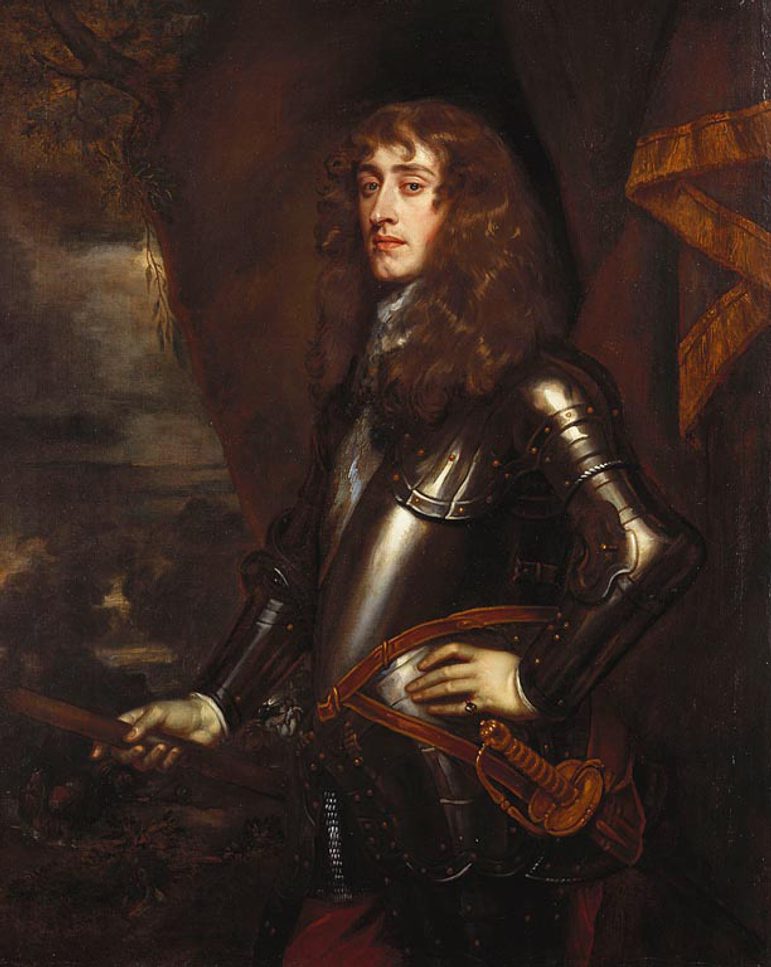
James VII and II when Duke of York by Sir Peter Lely. Royal Collection Trust.
Public sentiment changed, when his second wife and queen - the equally devoutly Catholic Mary of Modena - gave birth to a son in 1688. Fearing a permanent Catholic dynasty, leading Protestants invited William, Prince of Orange, husband (and cousin) of James's daughter Mary, to come to Britain with an army. This event was known in England as the 'Glorious Revolution'.
This resulted in anti-Catholic riots breaking out in London, and James sending his wife and son to safety in France. He attempted to follow them, but was captured and returned to the city. However, William had no desire to imprison James and allowed him to sail for France, where he was reunited with his family.
This ring (museum reference H.NJ 100) is said to have been given to Sir Peter Halkett by James VII and II on the night the king fled from London in 1688. With the monarch’s crowned monogram (JR) and possibly containing his hair, it would have been an appropriate memento of the exiled James.
After James's flight, the English parliament deemed him to have abdicated and offered the throne to Mary and William. They were crowned joint monarchs of England on 13 February 1689. In Scotland, on 11 May 1689, they formally accepted the invitation of a Scottish Convention take up the throne.
Image gallery
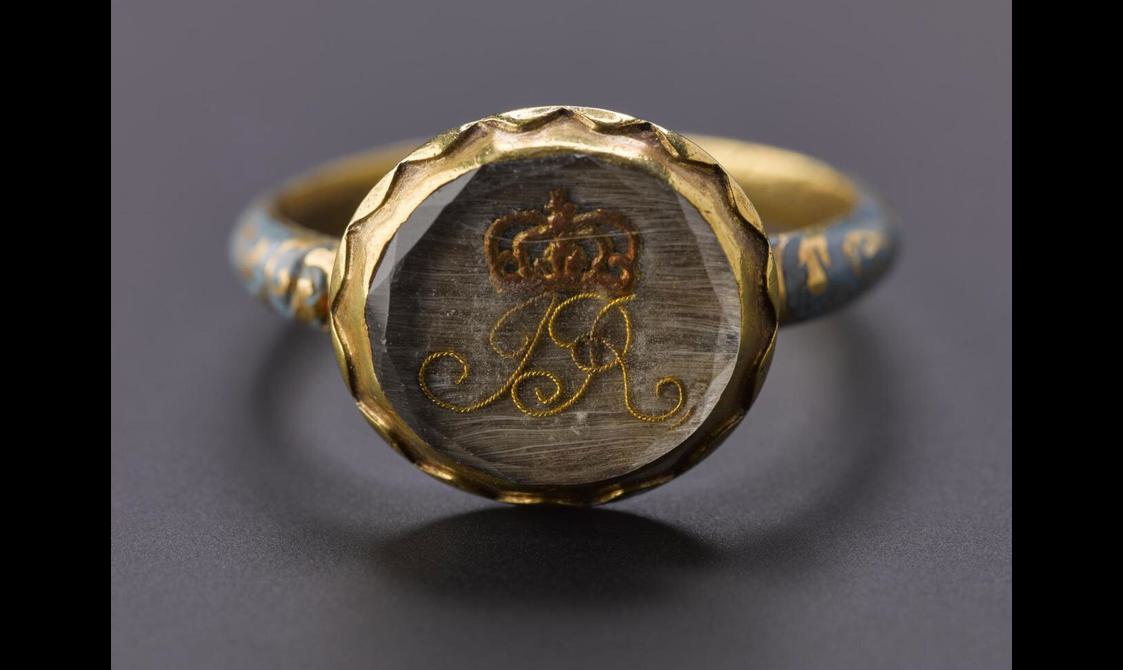
Gold and enamel finger ring inset with monogram "JR" and crown, given by James VII and II to Sir Peter Halkett the night he fled from London in 1688. Sir Peter was a member of a royalist family at the time of the Restoration. Museum reference H.NJ 100.
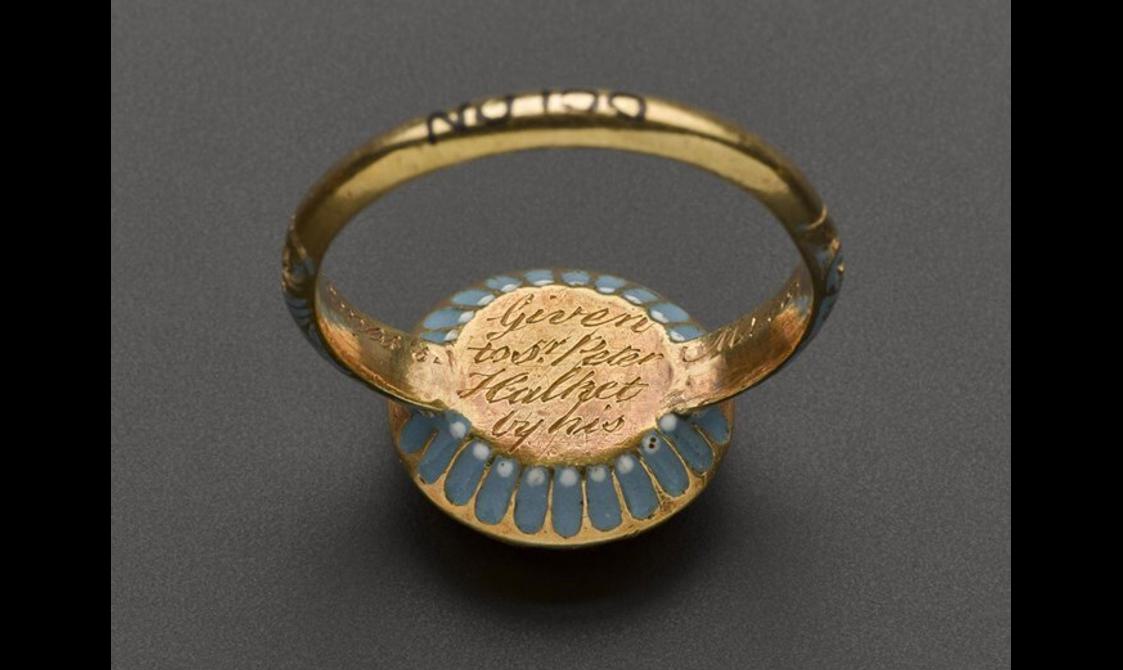
The back of the ring given by James VII to Sir Peter Halket, showing the inscription. Museum reference H.NJ 100.
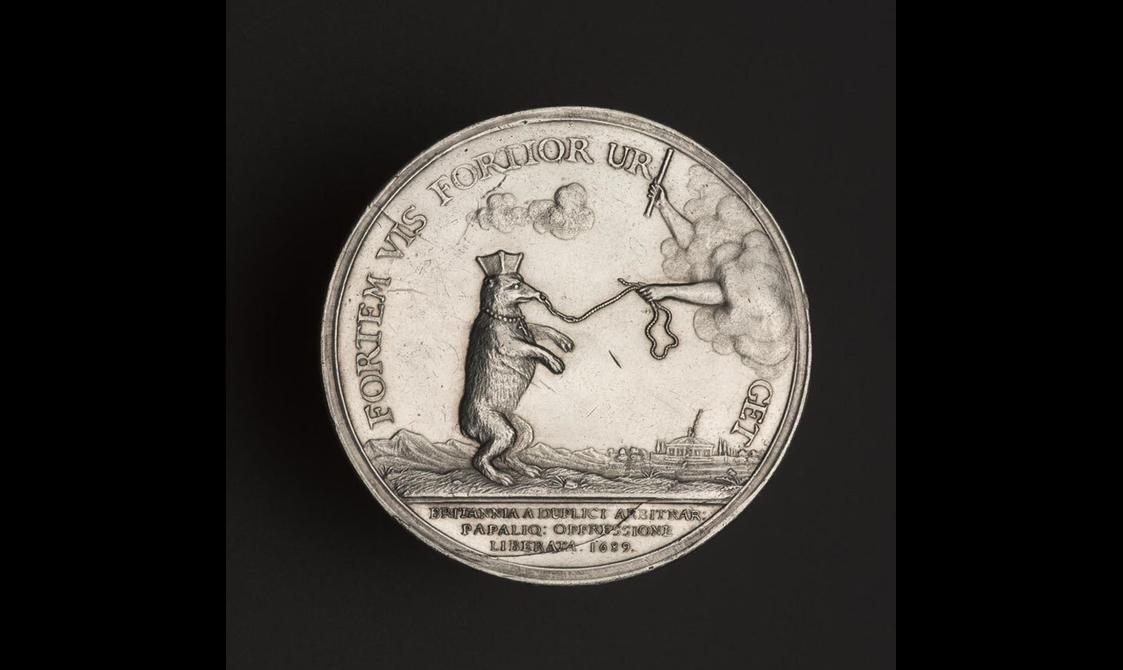
Medal with anti-Jacobite and anti-Catholic sentiments. Silver, by Jan Smeltzing, Netherlands, 1689. Museum reference H.1992.1872.
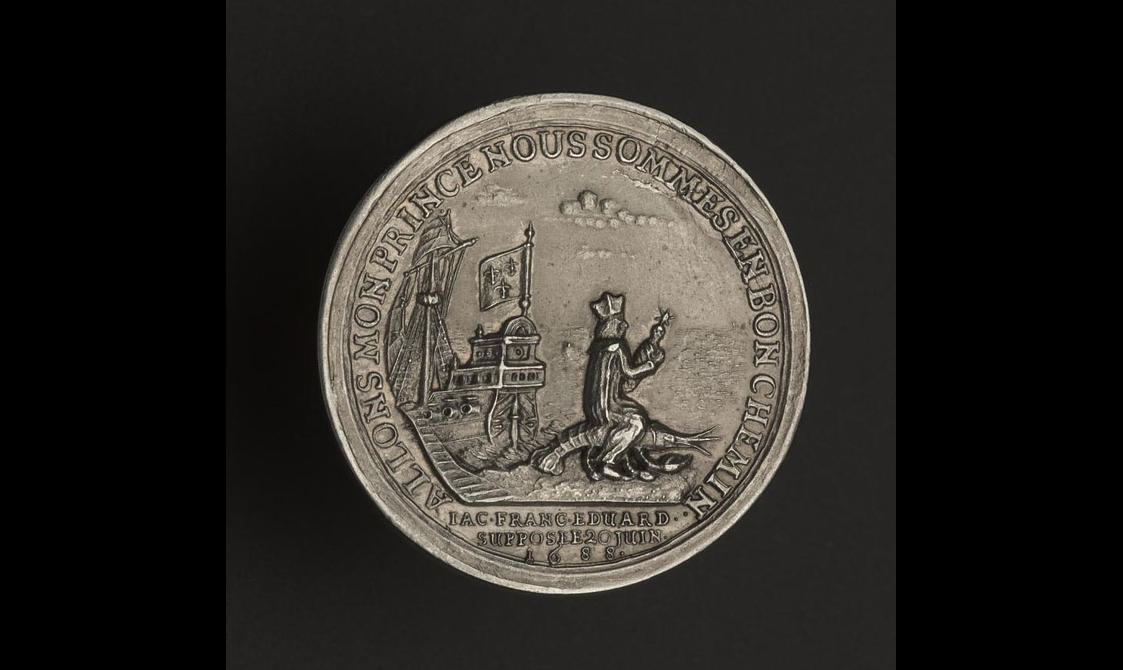
This medal depicts the flight of James VII and II's son, Prince James Francis Edward, in 1688. Museum reference H.1952.774.
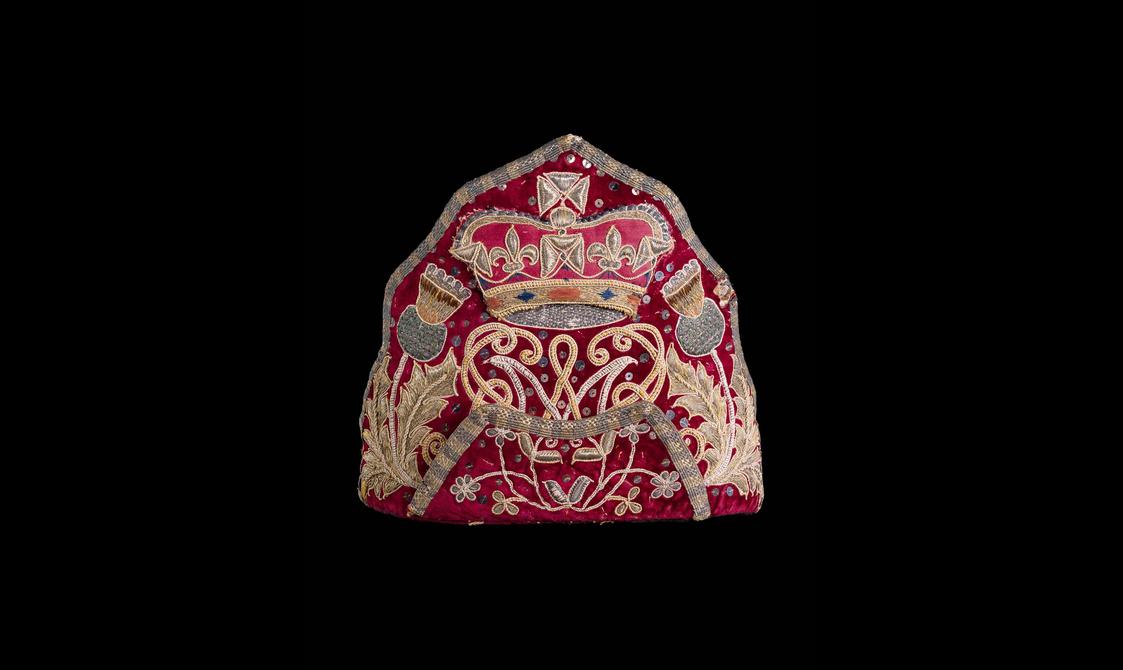
Officer's mitre cap of a Scottish grenadier unit in the army of William III. Museum reference M.1985.128.
The Jacobites emerge
Early in 1689 James sailed to Ireland backed by French troops and confident of support from the largely Catholic population. Yet unlike James's raw recruits, William’s army was well trained. When they met at the Battle of the Boyne in 1690, William was victorious and James fled back to France. Two factions began to emerge; the Williamites, and Jacobites, taken from the Latin for James, Jacobus.
Louis XIV, the Catholic King of France, offered his exiled cousin James VII a palace and a pension. James would never set foot on English or Scottish soil again.
